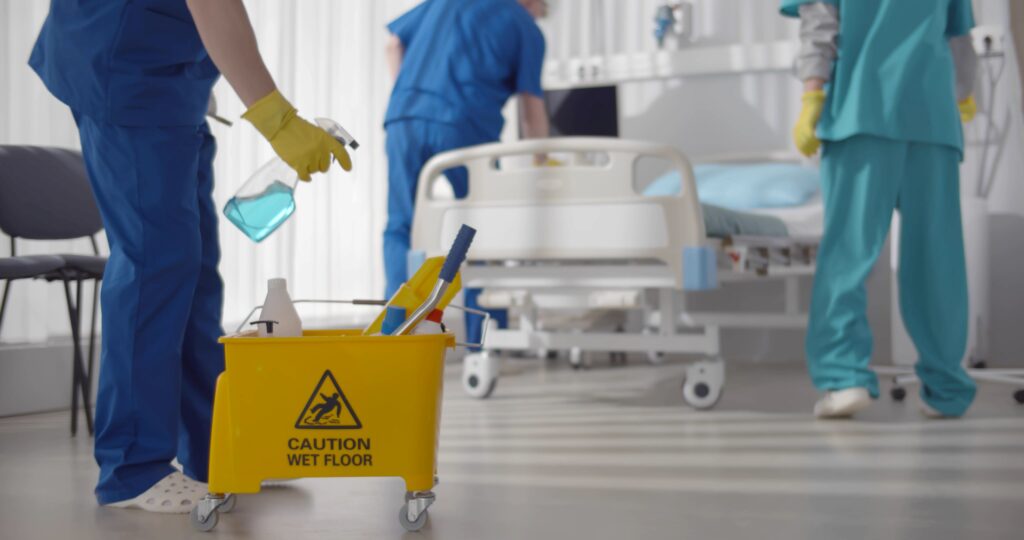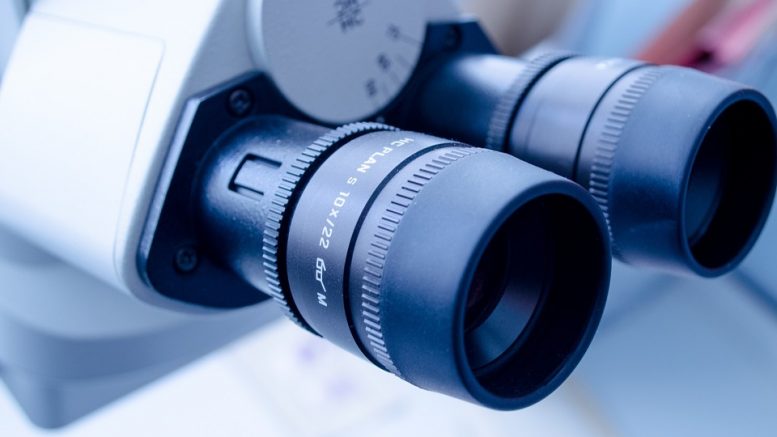If you’re developing sewn goods for medical or performance applications, antimicrobial functionality is no longer optional—it’s expected. Whether you’re designing surgical components, hospital textiles, or athletic apparel, selecting the right antimicrobial fabric is critical to performance, compliance, and user satisfaction.
This guide outlines the most common types of antimicrobial fabrics, how they’re manufactured, and where they’re currently being used. If you’re looking to specify antimicrobial textiles for a new product, this will help you better understand your options.
🧵 What Are Antimicrobial Fabrics?
Antimicrobial fabrics are textiles that inhibit the growth of microorganisms such as bacteria, mold, and fungi. The antimicrobial properties are typically added to the textile in one of two ways: during fiber formation (intrinsic) or through a surface finish (topical coating).
These fabrics are widely used in healthcare, activewear, cleanrooms, and other industries where hygiene, odor control, or infection prevention is a priority.

🔬 Types of Antimicrobial Fabrics by Material and Treatment Method
The type of fabric and how it is treated will impact its effectiveness, durability, cost, and regulatory compliance. Below are the primary categories of antimicrobial textiles used in sewn goods manufacturing:
1. Synthetic Fabrics with Embedded Agents
These fabrics are made by extruding antimicrobial agents directly into the fiber. Popular with polyester, nylon, and polypropylene, this method locks the antimicrobial agent into the fiber for long-term efficacy.
Common agents:
- Silver (Ag+)
- Zinc oxide
- Copper oxide
Use Cases:
- Medical masks and gowns
- Performance base layers
- Hospital curtains and privacy dividers
Pros: Long-lasting, wash-resistant, uniform distribution
Cons: Higher cost per yard, less breathability in some constructions
2. Natural Fabrics with Antimicrobial Coatings
Fabrics like cotton, rayon, or bamboo are finished with antimicrobial agents through spraying, padding, or immersion. These are common in reusable and disposable healthcare products.
Common agents:
- Quaternary ammonium compounds (QACs)
- Chitosan (bio-based, from crustacean shells)
- Plant-based antimicrobials (tea tree oil, triclosan alternatives)
Use Cases:
- Hospital bed linens and gowns
- Reusable scrubs
- Consumer clothing and home textiles
Pros: Soft hand feel, breathable, sustainable options available
Cons: May lose potency over time with repeated laundering

3. Hybrid Fabrics with Multi-Functionality
These engineered textiles combine antimicrobial agents with other features like moisture-wicking, stretch recovery, or fluid resistance. They’re often used in high-performance or multi-risk environments.
Example: Polyester-rayon blend infused with zinc and finished with a DWR (durable water-repellent) coating.
Use Cases:
- Surgical drapes and PPE
- Post-operative compression garments
- High-sweat-zone performance gear
🧪 Common Antimicrobial Treatments and Technologies
| Treatment Type | Typical Substrate | Industries |
| Silver Ion (Ag+) | Polyester, nylon, poly/cotton | Medical PPE, athletic base layers |
| Copper Oxide | Cotton, nonwovens | Bedding, seating fabrics |
| Zinc Pyrithione | Poly blends | Odor-control sportswear |
| QACs | Cellulosics (cotton, rayon) | Reusables, disposables |
| Chitosan | Bamboo, cotton | Wound care, eco-friendly wear |
| Plant-derived agents | Organics, nonwovens | Sustainable apparel, wipes |
Note: Always confirm antimicrobial performance via AATCC 100, ASTM E2149, or ISO 18184, depending on your market.
🏥 Applications Across Industries
Medical Textiles
- Surgical Drapes & Gowns: Often made from spunbond-meltblown-spunbond (SMS) with embedded silver or copper for long-term microbial control.
- Bed Linens & Privacy Curtains: Frequently treated with QACs or copper to reduce hospital-acquired infection (HAI) risks.
- Post-Op and Orthopedic Garments: Use chitosan- or silver-treated blends to support healing and reduce microbial load.
Performance Apparel
- Base Layers & Compression Gear: Silver-infused polyester fabrics dominate due to durability and odor resistance.
- Socks, Underwear, and Accessories: Zinc or copper treatments prevent fungal growth and bacterial odor.
- Sports Uniforms & Footwear Linings: Often use antimicrobial foam-backed meshes and coated knits.
🧭 Choosing the Right Fabric for Your Product
When sourcing antimicrobial fabrics, consider the following:
- End-use requirements: Will the fabric touch skin? Is it worn once or laundered daily?
- Performance needs: Is odor control the goal, or is pathogen reduction required?
- Regulatory needs: For medical use, does the material meet FDA or ISO specs?
- Environmental impact: Are biodegradable or bio-based treatments important?
- Aesthetic and functional compatibility: Does the antimicrobial treatment alter feel, color, or stretch?
🧶 Domestic Sources for Antimicrobial Textiles
The good news? There are dozens of U.S.-based textile mills currently developing innovative antimicrobial fabrics to meet today’s design challenges. Whether you’re looking for moisture-wicking antimicrobial knits, breathable cotton blends for gowns, or coated nonwovens for technical medical applications, there is a supplier producing it domestically.
We partner with a wide range of mills and distributors that specialize in antimicrobial textiles. If you have performance requirements, specs, or product challenges, we’re happy to help you connect with the right source.
✅ Final Thoughts
The antimicrobial textile landscape is evolving fast—driven by increased demand in healthcare, fitness, and consumer wellness. For designers and developers, understanding the types of antimicrobial fabrics, how they’re treated, and where they perform best can give you a crucial edge in both innovation and compliance.
Ready to source the right antimicrobial fabric for your project? We can help.
Additional Reading: Antimicrobial Textile Market Analysis, Applications of Antimicrobial Textiles

